In the 20-odd years since hybrids hit the market, one model has come to be the definition of the genre, the one that usually comes to mind in discussing the gas-saving technology.
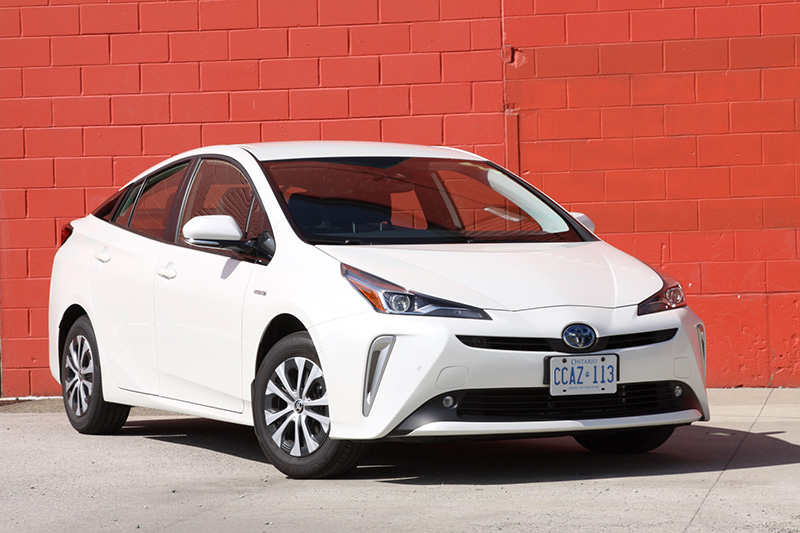
That model is the Toyota Prius, and two decades have proven the concept, and cemented its acceptance by the environmentally-conscious motorist.
In most of those past two decades, the Prius has been the familiar compact sedan, now in its fourth generation, but more recently also with some differentiation based on size, in the sub-compact C and the nearly-midsize V models, both of which have been discontinued.
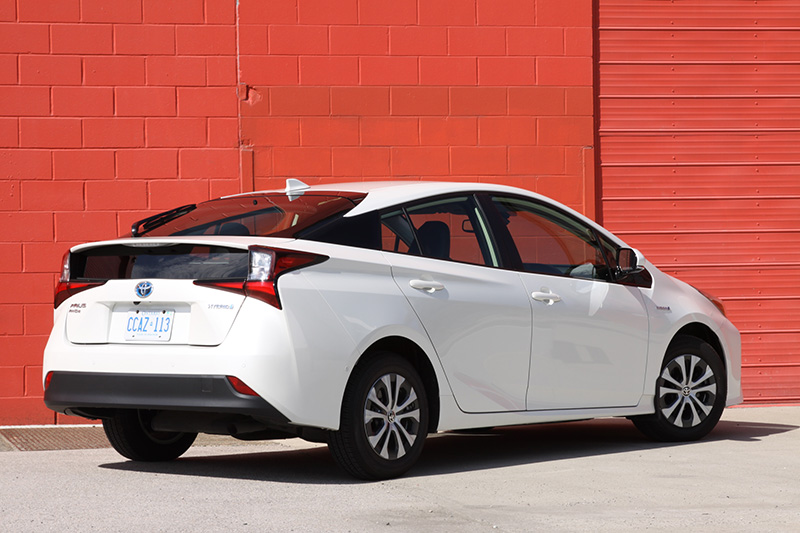
With the advent of new technology and priorities for the hybrid system, Toyota now has three Prius models, all the same size, but quite different under the skin. We drove two of them recently.
The first was the Technology AWD-e, which brings driven rear wheels to the Prius line-up thanks to the development of using electric motors to provide the torque back there, rather than a driveshaft from the powertrain up front. It is an on-demand system, so in normal conditions, this Prius is front-wheel driven like all that have come before.
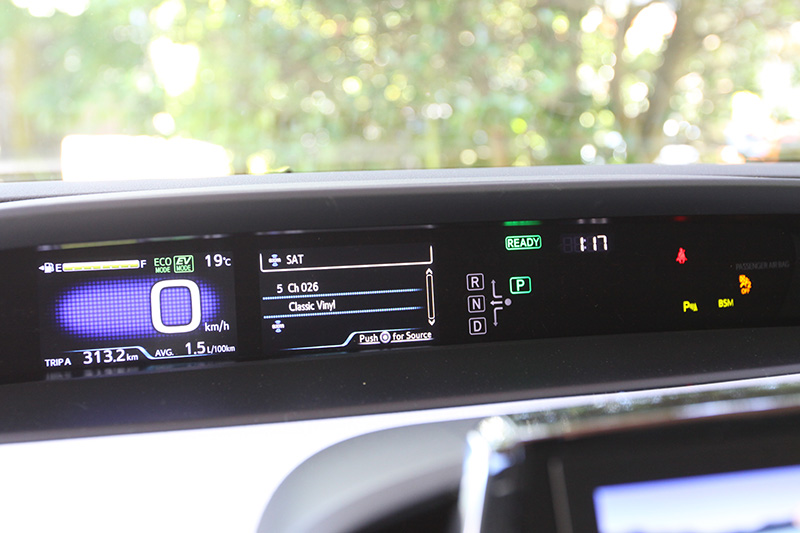
Obviously, having an AWD model in the line-up is of great appeal to those who live in snowy climes, but in the late summer, we had little chance to experience those benefits. The rear wheels are called upon in transparent fashion, so if they were being driven, we didn’t know it. However, the driving experience was smooth and refined, as the hybrid system goes about its business quietly, something that couldn’t be said in the first-gen Prius. The transmission is a CVT, and yes, the 1.8-litre engine will drone a bit when worked hard, but overall, this type of transmission is suited to the Prius’ objectives.
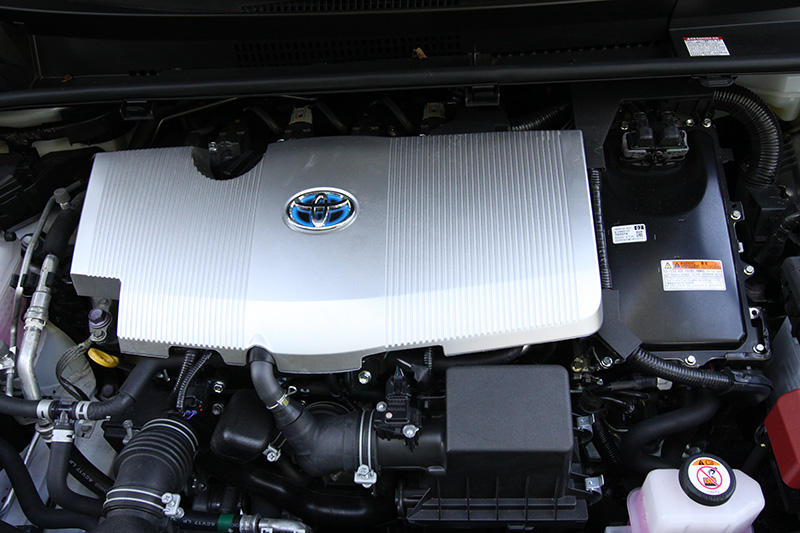
The driver can opt for EV drive mode, which will yield about 2 kilometres on a fully-charged battery, or Power mode, which calls up the engine more often, thus costing some efficiency. Run in normal hybrid mode, the Prius delivers 4.5L per 100 km city, and 4.9 on the highway, just about what it has always delivered.
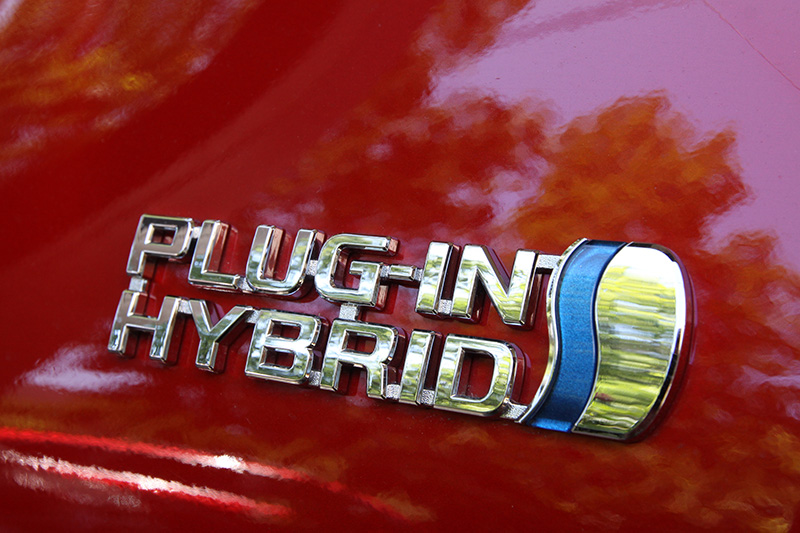
Inside, the Technology AWD-e we drove was well-equipped with what most would now take for granted – air conditioning, power windows, and heated seats being among the standard features – and the seats themselves, upholstered in Softex (leather-like vinyl) and adjustable manually, offered reasonable support, although they felt a bit soft overall. The “piano-black” trim contributed to the stylish look. You can get power seats with lumbar (and a sunroof) on the Technology model, but only with front-wheel drive, not on the AWD.
The 2020 Technology model we drove, still available at your dealer, was equipped with a nice 11.6-inch touchscreen with embedded navigation as standard, but Toyota has rejigged the equipment combinations for the 2021 models, forcing buyers to opt for the Advanced package to get the big screen, but also reducing the base price by some $1,400, from $33,450 to $32,050.
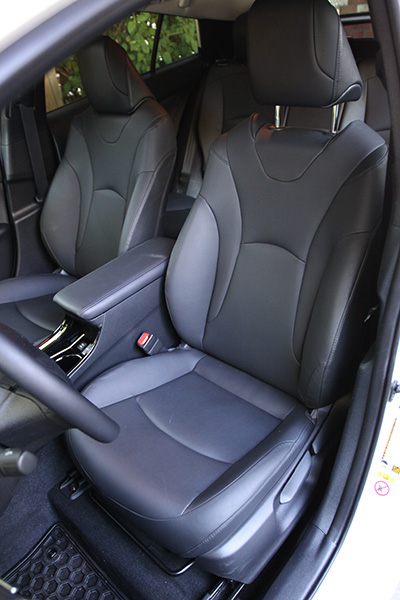
The second Prius we drove was the Prime, Toyota’s name for its Plug-In Hybrid models, shared with the RAV4. Toyota had been steadfast in concentrating on the traditional hybrid technology and not developing a pure battery-electric vehicle, as most of its competitors have. So the PHEV represents a new direction towards pure electric power for Prius, given the Prime will go some 40 kilometres as an EV on a full battery charge, while continuing with the familiar hybrid functioning after the batteries are depleted.
The Prime has a somewhat different design from the AWD-e, both front and rear. We would call it a bit more sleek in a mainstream way, as the AWD-e is a bit “out there,” to be charitable. If the design of neither is to your taste, and you just want a regular Hybrid, Toyota will sell you a nice, relatively conservative Corolla.
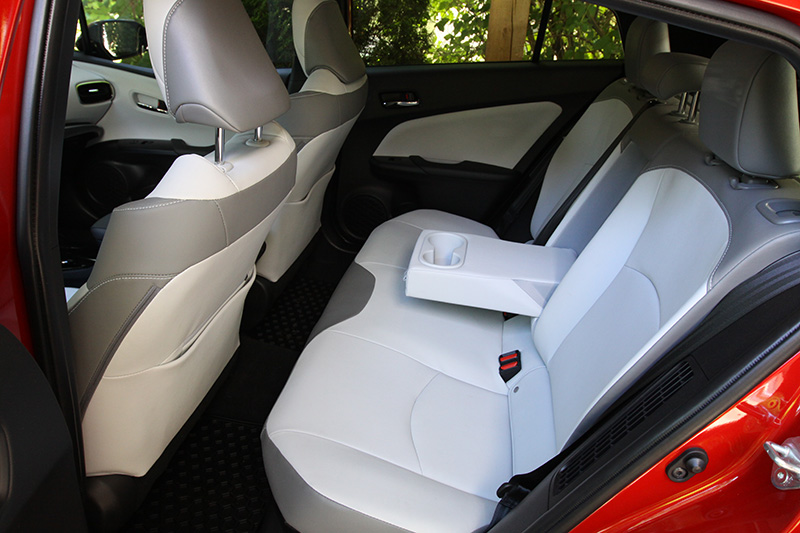
The driving experience of the Prime is, at once, both similar and different from the Base and AWD Prius models. In regular hybrid mode, they are all the same, but then the Prime gives you the EV option, one which, for most urban dwellers, is perhaps the most all-around useful of any of the new battery-based technologies. Most people live within 40 km of work, and if you can charge your batteries there in the event you live more than 20 kms away, you won’t be using the gas engine at all. But if you run out of charge, you’ll always have it as a back-up – unlike a full EV. A charge from empty to full will take about 5 1/2 hours on a standard 120v home outlet.
You can choose between three driving modes on a Prime. EV is best around town where the gas engine is at its least economical, while Hybrid is probably better on the highway where the higher speed consumes electrons at a far greater pace. There is also EV Auto, where the computer seeks to optimize the combination. The overall range is rated at 1,035 km.
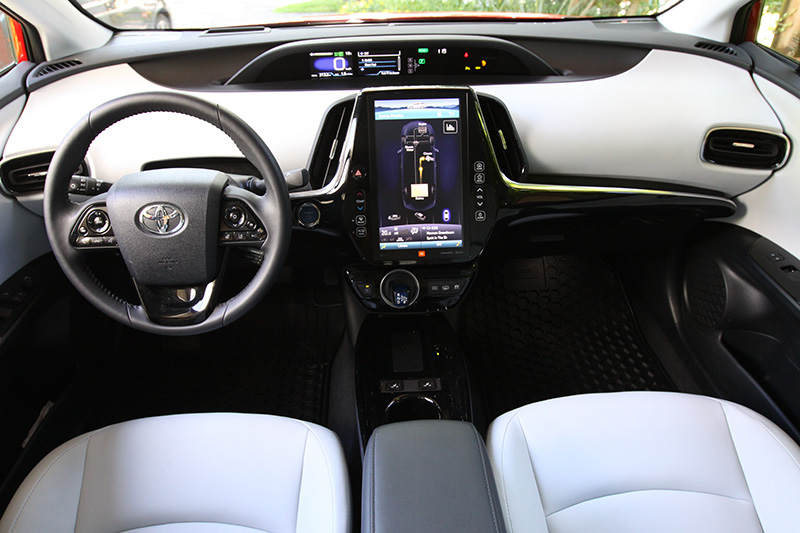
The interior is dominated by the 11.6-inch HD display, which comes with the $2,000 Upgrade package, as does power driver’s seat. Those and more features come with the 2021 Upgrade model, so you should check the Toyota Canada website for those details.
In addition to Upgrade, there is the $3,000 Technology Package, which, on our 2020 tester, included Blind Spot Monitoring with Rear Cross Traffic Alert, Intelligent Clearance Sonar, Head-Up Display, Premium JBL Audio, and more. Again, the ’21 options are rejigged, primarily moving BSM to the Upgrade level, with adjustments in the respective prices.
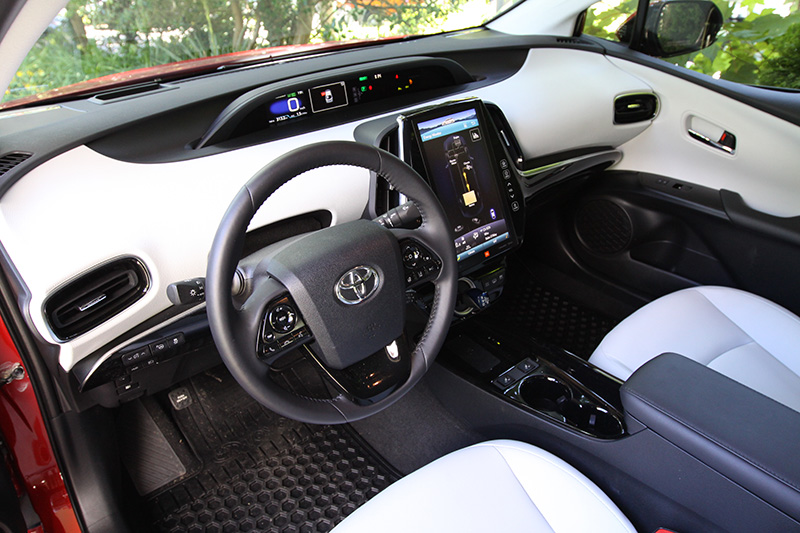
Interestingly, both of these Prius models start in the low-$30 thousands, and fully optioned, they don’t get above $40K MSRP. Which is about where comparable full EVs start. Also of note, the Prime qualifies for government grants where offered, being operable as a full EV.
So Toyota now gives you more choice in your Hybrid models, based on capability rather than size. The Prius continues into its third decade as the model against which other hybrids are judged.




